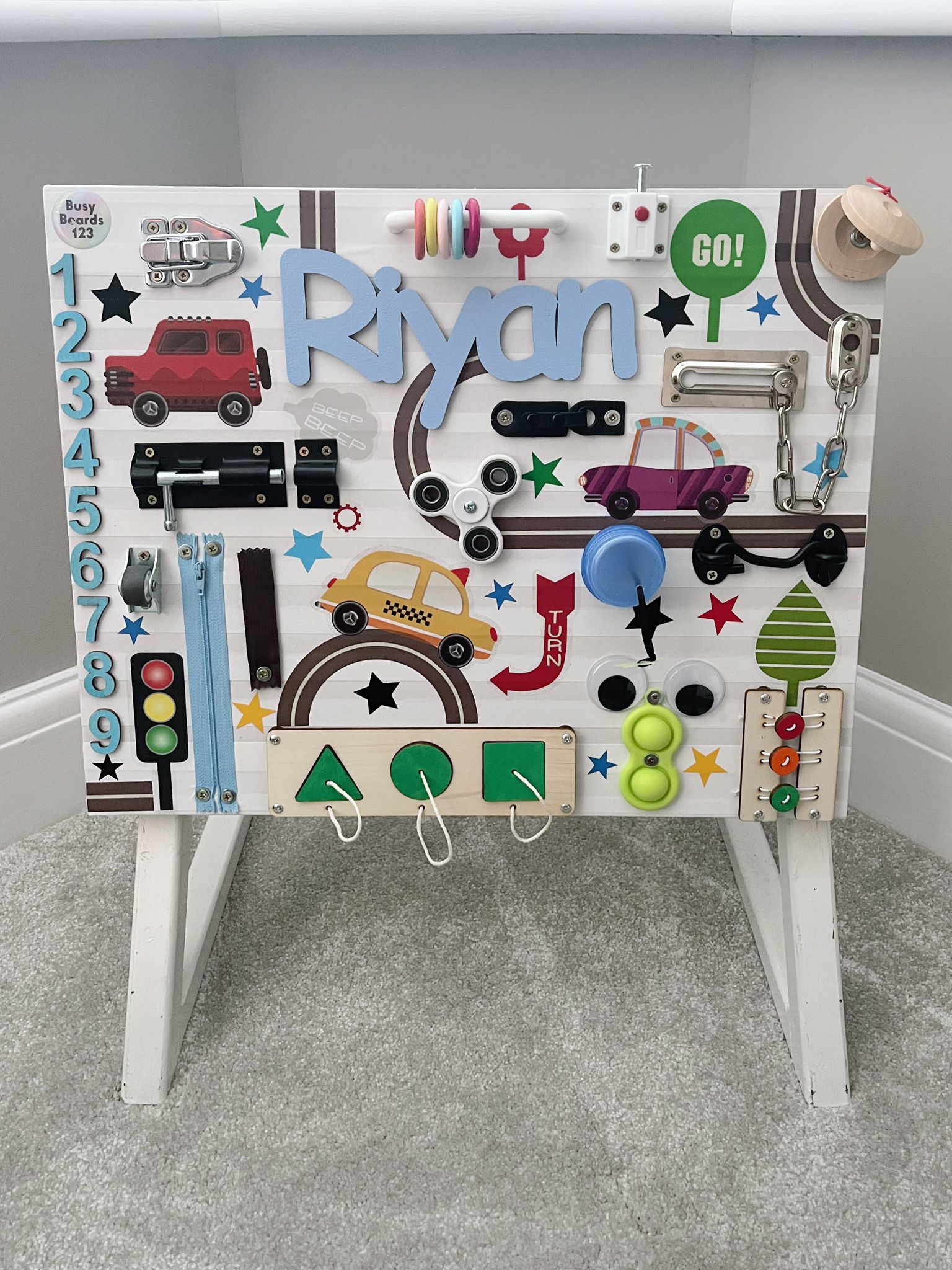It was suggested that I should make a post in here to introduce myself.
I'm John, 70 years young, retired offshore ROV Senior Pilot and for the last 2 years commercial drone pilot and CAA trainer examiner.. That's my career in one sentence!
Interests include CAD Design work (City & Guilds Autocad), Laser Cutting (I have a laser cutter) and I'm just about to embark on 3D printing but I'm struggling at the moment with Solidworks.
My last project that did take a while was a home storage battery, 14 kWh with it's own inverter. Completed 18 months ago and has run ever since, my daily electricity is provided by solar and this AC coupled battery making all of my energy used either off peak rate (7p) or free.
My Battery Project
The 16 Evie cells were built up into modules of 4, theyre very heavy so 4 was a good compromise for ease of handling. As you can see, the laser cutter came into it's own of this project.

The BMS system was fitted into a custom made stand.


Due to a management decision, this all had to live outside so I purchase a small toolshed from Amazon which fitted nicely in the space at the side of my house and was a good fit for the equipment.

In the bottom half there are 4 battery modules containing 4 cells each, 16 cells in total giving around 54 volts.

In the top half, the inverter (5 kW), the BMS, MCB's, Isolation Switches and temperature control.

This battery system cost less than half of commercially available units and has a more powerful inverter than many.
Thats my intro done, if I can help anyone with CAD design, laser cutting, electronics etc please shout out. Thank you for accepting my registration on here.
John #8o)
I'm John, 70 years young, retired offshore ROV Senior Pilot and for the last 2 years commercial drone pilot and CAA trainer examiner.. That's my career in one sentence!
Interests include CAD Design work (City & Guilds Autocad), Laser Cutting (I have a laser cutter) and I'm just about to embark on 3D printing but I'm struggling at the moment with Solidworks.
My last project that did take a while was a home storage battery, 14 kWh with it's own inverter. Completed 18 months ago and has run ever since, my daily electricity is provided by solar and this AC coupled battery making all of my energy used either off peak rate (7p) or free.
My Battery Project
The 16 Evie cells were built up into modules of 4, theyre very heavy so 4 was a good compromise for ease of handling. As you can see, the laser cutter came into it's own of this project.

The BMS system was fitted into a custom made stand.


Due to a management decision, this all had to live outside so I purchase a small toolshed from Amazon which fitted nicely in the space at the side of my house and was a good fit for the equipment.

In the bottom half there are 4 battery modules containing 4 cells each, 16 cells in total giving around 54 volts.

In the top half, the inverter (5 kW), the BMS, MCB's, Isolation Switches and temperature control.

This battery system cost less than half of commercially available units and has a more powerful inverter than many.
Thats my intro done, if I can help anyone with CAD design, laser cutting, electronics etc please shout out. Thank you for accepting my registration on here.
John #8o)
Last edited:



































